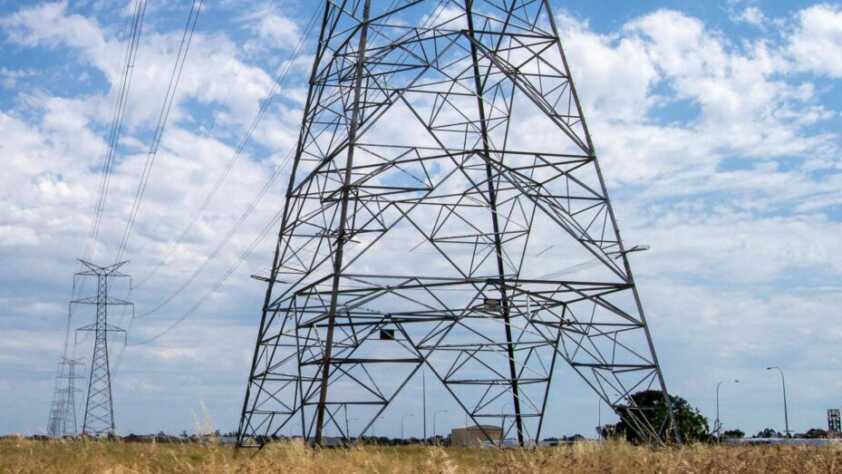The ongoing decline in Western Australia’s mineral and petroleum exploration continued in the June 2013 quarter, according to the Chamber of Minerals and Energy of Western Australia’s (CME) latest edition of the WA Resources and Economics Report, prepared in conjunction with KPMG.
“While the decline over three quarters in exploration expenditure is likely due to the weak commodity price and high cost environment, every effort should be made to arrest this decline,” said Acting CME Chief Executive, Nicole Roocke.
CME has been calling for incentives similar to the Canadian flow-through share scheme, such as a minerals exploration tax credit to boost the flagging exploration sector.
“To establish a future pipeline of projects we rely upon increasing the current level of exploration activity here in Western Australia,” said Ms Roocke.
The quarter saw total mineral and petroleum exploration decline by 22 per cent to $1.14 billion from the previous quarter. After falling by 4 per cent in the December quarter, total mineral exploration expenditure fell by another 10 per cent in the March quarter to $422 million. This is the third consecutive quarter mineral exploration has declined. Compared to the corresponding quarter a year ago, mineral exploration is now 14 per cent lower.
“Notwithstanding the transition underway in many major projects from construction to operational phase the future pipeline of projects relies upon increasing the current level of exploration activity here in Western Australia,” said Ms Roocke.
Policies such as the WA Government’s Exploration Incentive Scheme are welcomed by the resources sector and will deliver a significant return to the people of Western Australia.
As we move closer to a federal election, CME looks forward to a serious policy discussion across all major political parties about how to reduce the costs of doing business and strengthen the Australian resources sector’s international competitiveness.
The economy as a whole still continued to grow for both the quarter and annually, with increases in GDP at 0.6 per cent and 2.5 per cent respectively.
Other key highlights of the June Quarter Report include:
- The export value of iron ore registered an increase of 14.9 per cent due to the higher average export unit value of iron ore in the March quarter as a result of recovering contract and spot prices for iron ore. Total iron ore production decreased by 4.6 per cent quarter-on-quarter to 129 million tonnes. This was however 12 per cent higher than the March 2012 quarter.
- The export value for gold decreased by 5.4 per cent. Gold production decreased by 10 per cent and was hit hard with the fall in the price of gold during the quarter and by ongoing high production costs.
- The six months to April 2013 saw total committed capital expenditure on major projects in Western Australia remain steady, in fact increasing marginally by 0.4 per cent to $141.7 billion.
- No new major project received a final investment decision during the period.
The spotlight issue summarises some of the key election policies affecting the resources sector leading into the federal election.
The report also features an interview with Dr Vanessa Guthrie, Managing Director of Toro Energy. Dr Guthrie discusses the challenges in becoming Western Australia’s first uranium producer.


